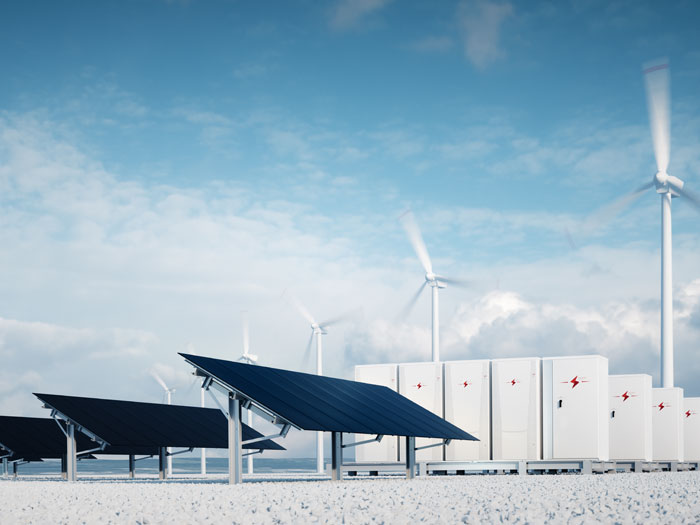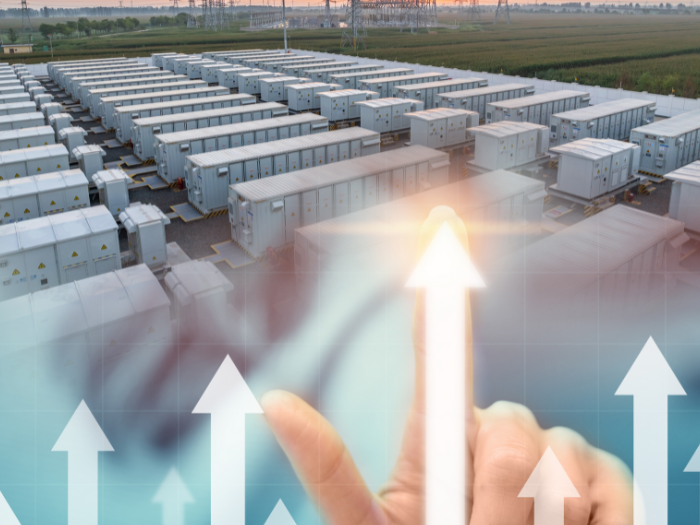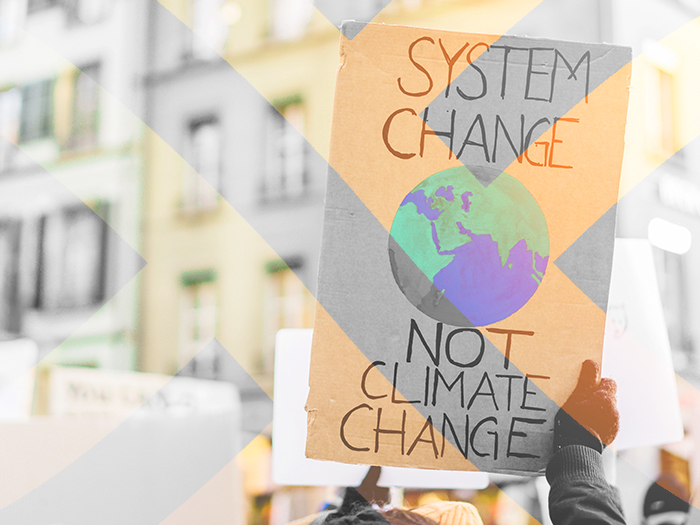Insights
better business decisions
Posted 2 years ago | 2 minute read

Co-located renewables with battery storage are cheaper than gas in Ontario, study shows
Wind and solar farms co-located alongside battery storage are both cheaper to build than natural gas power plants in Ontario and Alberta, and the price of the renewable options is expected to fall another 40% by 2035, the Clean Energy Canada (CEC) has said.
In a report published on 2 February, the CEC said that even without carbon pricing, wind power is set to be 40% cheaper than gas-fired power in both provinces by 2030, while solar power is already cheaper than natural gas power in Alberta and is on track to be 16% less expensive by the end of the decade. With storage added, wind and solar are “still highly cost-competitive with natural gas.”
The province added 7,152MW of new renewable capacity, mostly solar and wind, between 2010 and 2017, but just 466MW between 2017 and 2023. The report notes that Ontario is currently planning to install 4,000MW of capacity between 2025 and 2027, including 2,500MW of storage and 1,500MW of new gas plants, to fill the gap when the province’s aging nuclear plants go offline for refurbishment.
While the report shows how tough it will be for new gas plants to compete with new utility-scale renewables, it acknowledged that the analysis was limited to onshore and offshore wind, solar photovoltaics, and four- and eight-hour batteries. That means it left out decentralized or “behind-the-meter” options like community solar, demand response, and energy efficiency that are already cutting into the demand for new generation.
It urges governments and grid authorities to:
- Invest in wind, solar, and a stronger, more flexible grid
- Provide the policy certainty and incentives needed to attract investment, including the federal government’s upcoming Clean Electricity Regulations
- Remove barriers to adoption by supporting storage alongside renewable supply
- Use up-to-date data to drive their projections of future potential
Kareem Nakhla, GridBeyond Business Development Director – IESO said:
“Gas plants are incredibly expensive to build and operate, especially currently with the impact of Russia’s invasion of Ukraine driving significant changes in global gas movements. This report shows that wind and solar, when combined with storage, can do the same job for far less, while supporting the drive to net zero.
“But its important when considering the energy system of the future that decentralized or behind-the-meter options like community solar, demand response are a valuable tool that can work to offset the need for additional generation capacity.”








